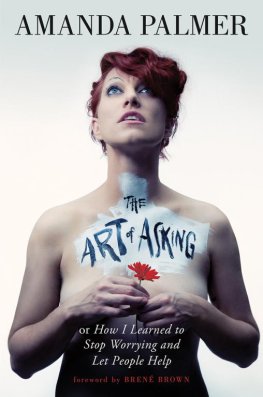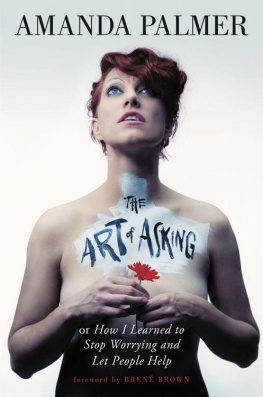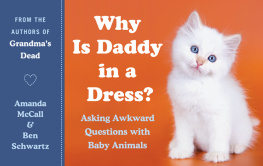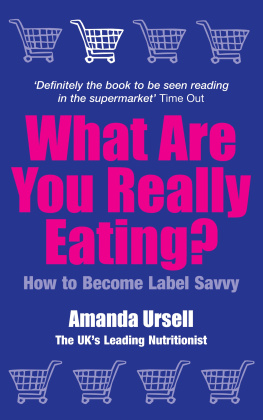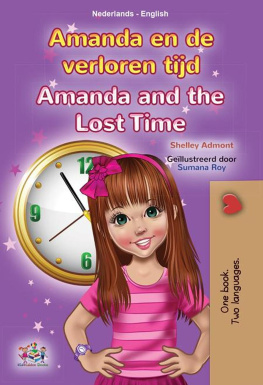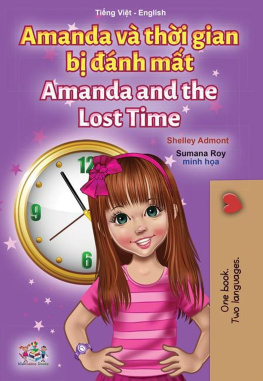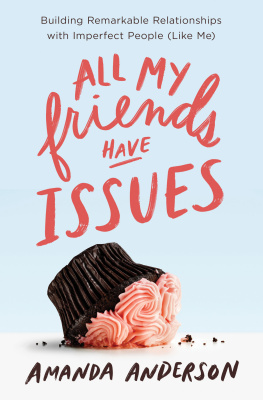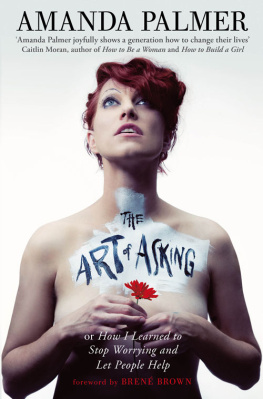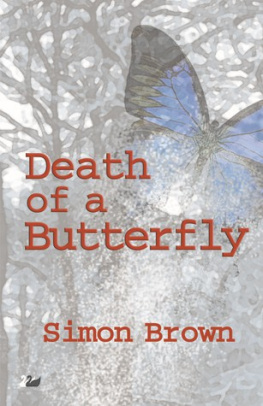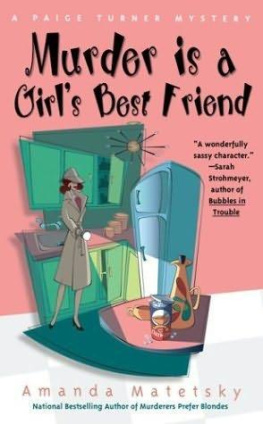Amanda Palmer
THE ART OF ASKING
or How I Learned to Stop Worrying and Let People Help
THIS BOOK IS DEDICATED TO MY MUTTI,
who, through her love, first taught me how to ask
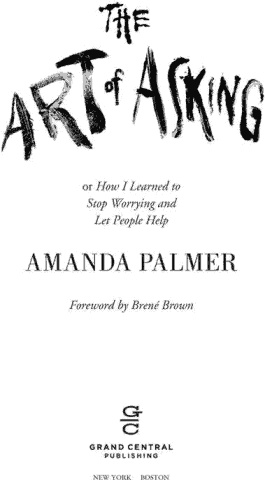
by Bren Brown
A decade or so ago in Boston, Amanda performed on the street as a human statuea white-faced, eight-foot-tall bride statue to be exact. From a distance, you could have watched a passerby stop to put money in the hat in front of her crate and then smile as Amanda looked that person lovingly in the eye and handed over a flower from her bouquet. I wouldve been harder to spot. I would have been the person finding the widest path possible to avoid the human statue. Its not that I dont throw my share of dollars into the busking hatsI do. Its just that I like to stay at a safe distance, then, as inconspicuously as possible, put my money in and make a beeline for anonymity. I would have gone to great lengths to avoid making eye contact with a statue. I didnt want a flower; I wanted to be unnoticed.
From a distance, Amanda Palmer and I have nothing in common. While shes crowdsurfing in Berlin wearing nothing but her red ukulele and combat boots, or plotting to overthrow the music industry, Im likely driving a carpool, collecting data, or, if its Sunday, maybe even sitting in church.
But this book is not about seeing people from safe distancesthat seductive place where most of us live, hide, and run to for what we think is emotional safety. The Art of Asking is a book about cultivating trust and getting as close as possible to love, vulnerability, and connection. Uncomfortably close. Dangerously close. Beautifully close. And uncomfortably close is exactly where we need to be if we want to transform this culture of scarcity and fundamental distrust.
Distance is a liar. It distorts the way we see ourselves and the way we understand each other. Very few writers can awaken us to that reality like Amanda. Her life and her career have been a study in intimacy and connection. Her lab is her love affair with her art, her community, and the people with whom she shares her life.
I spent most of my life trying to create a safe distance between me and anything that felt uncertain and anyone who could possibly hurt me. But like Amanda, I have learned that the best way to find light in the darkness is not by pushing people away but by falling straight into them.
As it turns out, Amanda and I arent different at all. Not when you look close upwhich is ultimately the only looking that matters when it comes to connection.
Family, research, churchthese are the places I show up to with wild abandon and feel connected in my life. These are the places I turn to in order to crowdsource what I need: love, connection, and faith. And now, because of Amanda, when Im weary or scared or need something from my communities, I ask. Im not great at it, but I do it. And you know what I love more than anything about Amanda? Her honesty. Shes not always great at asking either. She struggles like the rest of us. And its in her stories of struggling to show up and be vulnerable that I most clearly see myself, my fight, and our shared humanity.
This book is a gift being offered to us by an uninhibited artist, a courageous innovator, a hardscrabble shitstartera woman who has the finely tuned and hard-fought ability to see into the parts of our humanity that need to be seen the most. Take the flower.

WHOS GOT A TAMPON? I JUST GOT MY PERIOD, I will announce loudly to nobody in particular in a womens bathroom in a San Francisco restaurant, or to a co-ed dressing room of a music festival in Prague, or to the unsuspecting gatherers in a kitchen at a party in Sydney, Munich, or Cincinnati.
Invariably, across the world, I have seen and heard the rustling of female hands through backpacks and purses, until the triumphant moment when a stranger fishes one out with a kind smile. No money is ever exchanged. The unspoken universal understanding is:
Today, it is my turn to take the tampon.
Tomorrow, it shall be yours.
There is a constant, karmic tampon circle. It also exists, Ive found, with Kleenex, cigarettes, and ballpoint pens.
Ive often wondered: are there women who are just TOO embarrassed to ask? Women who would rather just roll up a huge wad of toilet paper into their underwear rather than dare to ask a room full of strangers for a favor? There must be. But not me. Hell no. I am totally not afraid to ask. For anything.
I am SHAMELESS.
I think.
Im thirty-eight. I started my first band, The Dresden Dolls, when I was twenty-five, and didnt put out my first major-label record until I was twenty-eight, which is, in the eyes of the traditional music industry, a geriatric age at which to debut.
For the past thirteen years or so, Ive toured constantly, rarely sleeping in the same place for more than a few nights, playing music for people nonstop, in almost every situation imaginable. Clubs, bars, theaters, sports arenas, festivals, from CBGB in New York to the Sydney Opera House. Ive played entire evenings with my own hometowns world-renowned orchestra at Boston Symphony Hall. Ive met and sometimes toured with my idolsCyndi Lauper, Trent Reznor from Nine Inch Nails, David Bowie, Weird Al Yankovic, Peter from Peter, Paul and Mary. Ive written, played, and sung hundreds of songs in recording studios all over the world.
Im glad I started on the late side. It gave me time to have a real life, and a long span of years in which I had to creatively figure out how to pay my rent every month. I spent my late teens and my twenties juggling dozens of jobs, but I mostly worked as a living statue: a street performer standing in the middle of the sidewalk dressed as a white-faced bride. (Youve seen us statue folk, yes? Youve probably wondered who we are in Real Life. Greetings. Were Real.)
Being a statue was a job in which I embodied the pure, physical manifestation of asking: I spent five years perched motionless on a milk crate with a hat at my feet, waiting for passersby to drop in a dollar in exchange for a moment of human connection.
But I also explored other enlightening forms of employment in my early twenties: I was an ice cream and coffee barista working for $9.50 an hour (plus tips); an unlicensed massage therapist working out of my college dorm room (no happy endings, $35 per hour); a naming and branding consultant for dot-com companies ($2,000 per list of domain-cleared names); a playwright and director (usually unpaid: in fact, I usually lost my own money, buying props); a waitress in a German beer garden (about 75 deutsche marks a night, with tips); a vendor of clothes recycled from thrift shops and resold to my college campus center (I could make $50 a day); an assistant in a picture-framing shop ($14 per hour); an actress in experimental films (paid in joy, wine, and pizza); a nude drawing/painting model for art schools ($12 to $18 per hour); an organizer and hostess of donation-only underground salons (paid enough money to cover the liquor and event space); a clothes-check girl for illegal sex-fetish loft parties ($100 per party), and, through that job, a sewing assistant for a bespoke leather-handcuff manufacturer ($20 per hour); a stripper (about $50 per hour, but it really depended on the night); andbrieflya dominatrix ($350 per hourbut there were, obviously, very necessary clothing and accessory expenses).
Every single one of these jobs taught me about human vulnerability.

